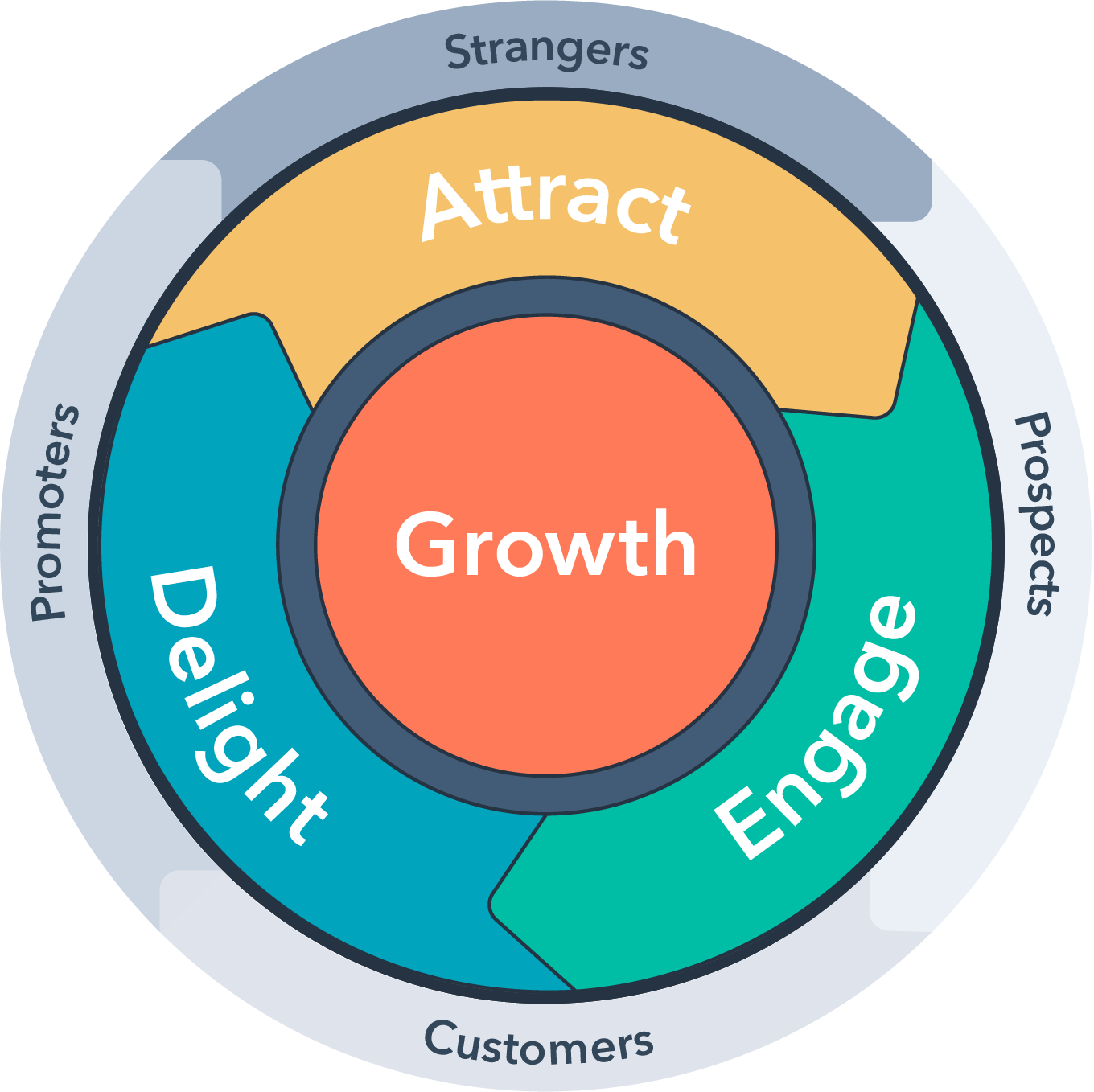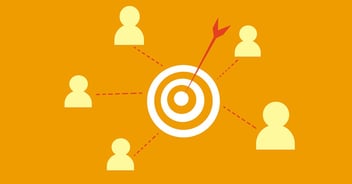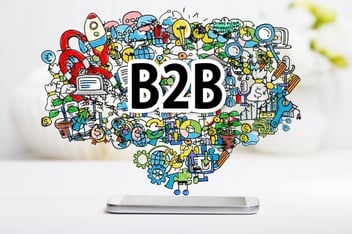Ok, so you have your product or service and you know it's good. The next step is to spread the word! Stop to think: Do you have your marketing strategy ready? Have you got leads ready to turn into customers? Do you have any lead-generation ideas?
If not, you need to plan how to get your B2B customers, and then implement your strategy effectively. Here are the four stages of B2B inbound marketing you need to have in place:
 ATTRACT
ATTRACT
First things first, you need to get the attention of your ‘'target audience'. When you’re thinking about how to attract your customers, you need to be aware of who you are targeting your content at, be it Managing Director, Buyer, IT Director or Head of Finance. You will need to consider their needs, interests and what questions they might be asking. You can then create content (whether it be articles, blog posts or infographics) that they’ll be looking for and will appeal to them. Here are some questions to ask yourself when considering who your customer is and what kind of content you will be creating for them.
There are a number of ways you can attract customers.
- Blogging/Infographics - Create targeted content that entertains and answers their questions. Imagine you own an IT Consultancy, targeting your services at small businesses. You might write a blog titled ‘IT Strategy for SMEs’. It’s something your target customer will search for, be interested in reading and provide them with trustworthy information.
- SEO - You need to consider what keywords your audience is searching for in search engines, and make sure you optimise your website for those specific keywords. This way, when someone does a Google search (other search engines are available!) for specific services your business provides (for example IT Consultancy London) - they will see your website on the first page!
- Web/Mobile Pages - Focus on the layout of your pages and the direction of what each webpage is trying to achieve, where it wants the user to be directed. This includes mobile optimisation
- Social Publishing - Social publishing is a great way to attract customers and distribute your fantastic content online! Social media is also important to humanise your brand and create a positive image! There are also ways you can search for leads on Twitter, Pinterest and Linkedin.
Ensure your campaign timeframe is set out, like how long you will run it for and how you will monitor its success. It’s always useful to be ready to adapt your campaigns. If a particular campaign gains traction and the leads start pouring in, you might want to continue! Be ready to adapt it too.
CONVERT
Good content generates plenty of leads. What do you do with these leads? You funnel them. Your content (infographics, blog posts and articles) should link to specific landing pages using a Call-to-Action that is irresistible. Each landing page should allow you to capture the user's details (name, email address, telephone number, business name etc) in exchange for something they want, something of value - this could be a whitepaper, or eBook, each directed to help your specific buyer persona.
- CTA (Call to Action) - a simple link or button that gets your reader to take an action i.e., download this, attend that, get a free this etc.
- Landing Pages - should be used as part of your funnel, allowing you to monitor where your audience is coming from and what content they engage with. It is also where they enter the information you need them to for them to become a contact.
CLOSE
The entire point of inbound marketing and generating leads is to make sales, which makes this stage important. Transforming your business leads and contacts into customers shouldn't be rushed, neither should it be a laborious process either. Sometimes it takes further emails and content before your contacts are ready to buy, do you have content ready for this?
- CRM (Customer Relationship Management Tools) - like HubSpot allow you to monitor and keep track of where your prospects are in the sales process, allowing you to better gauge whether they are ready to buy.
- Closed-loop reporting - essentially this aligns your sales and marketing teams together, offering insight into what marketing efforts are bringing in the best leads, meaning you can refine your marketing to what works.
DELIGHT
It doesn’t end once you have made a sale. Have you ever bought a car? Then you'll no doubt have received plenty of marketing from them shortly afterwards, reminding you that they care, are there to help you with something else (like insurance or roadside repair) and, in time, asking you whether you want more. In fact, they never, ever leave you alone and if they get it right, they'll have you back on the forecourt in no time, upgrading to a newer, more expensive model.
- More content - designed to reassure the buyer their decision to buy was good and encourage them to share and spread the word.
- Surveys - to confirm the exact content that motivated the buyer to make the decision to purchase, further informing you of where and what to focus your marketing efforts on.
Social Media is a fantastic tool to engage with your happy customers and get them to promote your service or product. All this exposure feeds back into the ‘attract’ stage of the strategy - your customers become your promotors!
As Hannibal Smith said "I love it when a plan comes together" and that's exactly what having an effective B2B lead generation marketing strategy can do for your inbound marketing. Follow these four stages of the B2B marketing strategy and stay in control of your sales. For more information on generating leads download our 30 Greatest Lead Generation Tips eBook.





